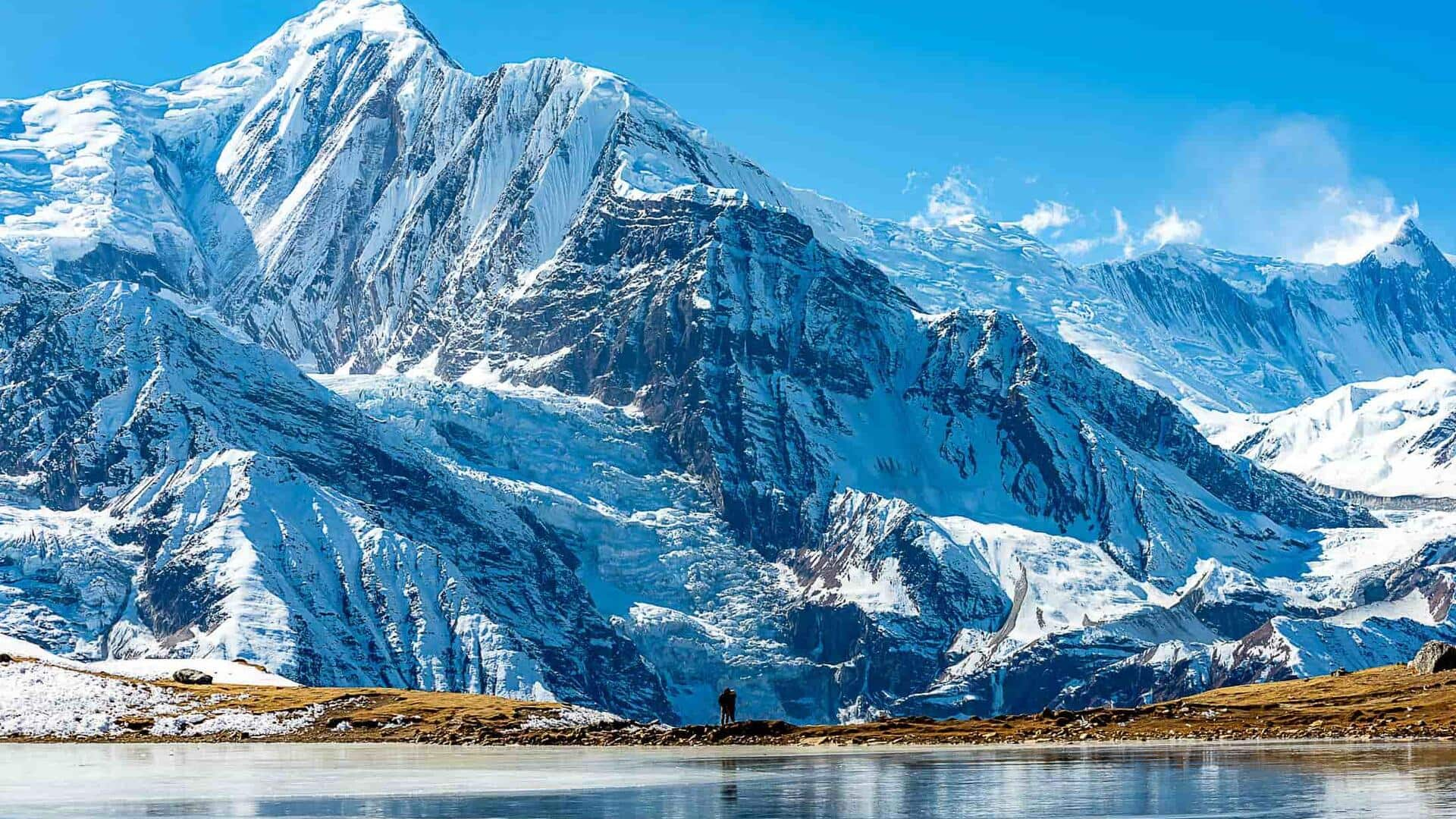
Annapurna Circuit Trek: How to capture stunning views
What's the story
The Annapurna Circuit trek in Nepal is a photographer's paradise, offering breathtaking views of the Himalayas and vibrant local culture. This trek is famous for its diverse landscapes, from lush subtropical forests to high-altitude deserts. Photographers can capture stunning images of snow-capped peaks, terraced fields, and traditional villages. The trail offers plenty of opportunities to explore the natural beauty and cultural richness of this region.
Timing
Best times for photography
The best time to visit the Annapurna Circuit for photography is during the pre-monsoon season (March to May) and post-monsoon season (September to November). These months provide clear skies and moderate temperatures, ideal for capturing the stunning vistas. The visibility is at its best during these periods, giving photographers the opportunity to take the best shots of the majestic mountains and colorful landscapes.
Equipment
Essential photography gear
For capturing the best of the Annapurna Circuit, a DSLR or mirrorless camera with a range of lenses is recommended. A wide-angle lens is ideal for capturing sweeping landscapes, while a telephoto lens can help you capture distant details like wildlife or mountain peaks. A sturdy tripod is essential for long exposure shots in low light conditions. Extra batteries and memory cards are also crucial due to cold temperatures at higher altitudes.
Culture
Cultural photography opportunities
The trek also takes you through several villages where you can capture the daily lives of locals. Interacting with communities gives you a chance to photograph traditional practices like weaving or farming. Respecting cultural norms is important while taking pictures of people or places within these communities.
Tips
Tips for capturing landscapes
To capture stunning landscapes on your trek, plan your shots around sunrise or sunset when natural light is softest and most flattering. Use foreground elements like trees or rocks to add depth to your images. Experiment with different angles and perspectives to find unique compositions that highlight both natural features and human elements along the trail.